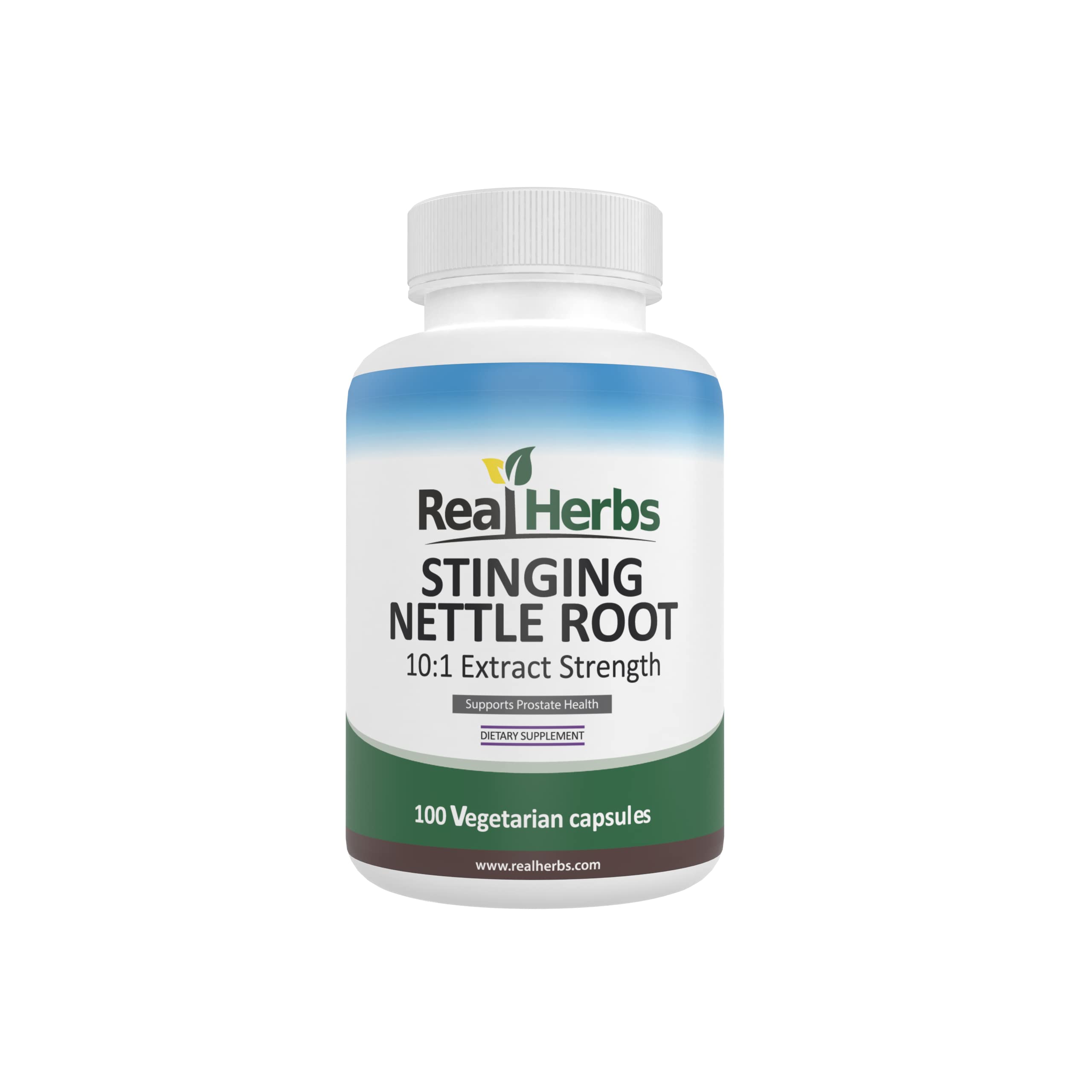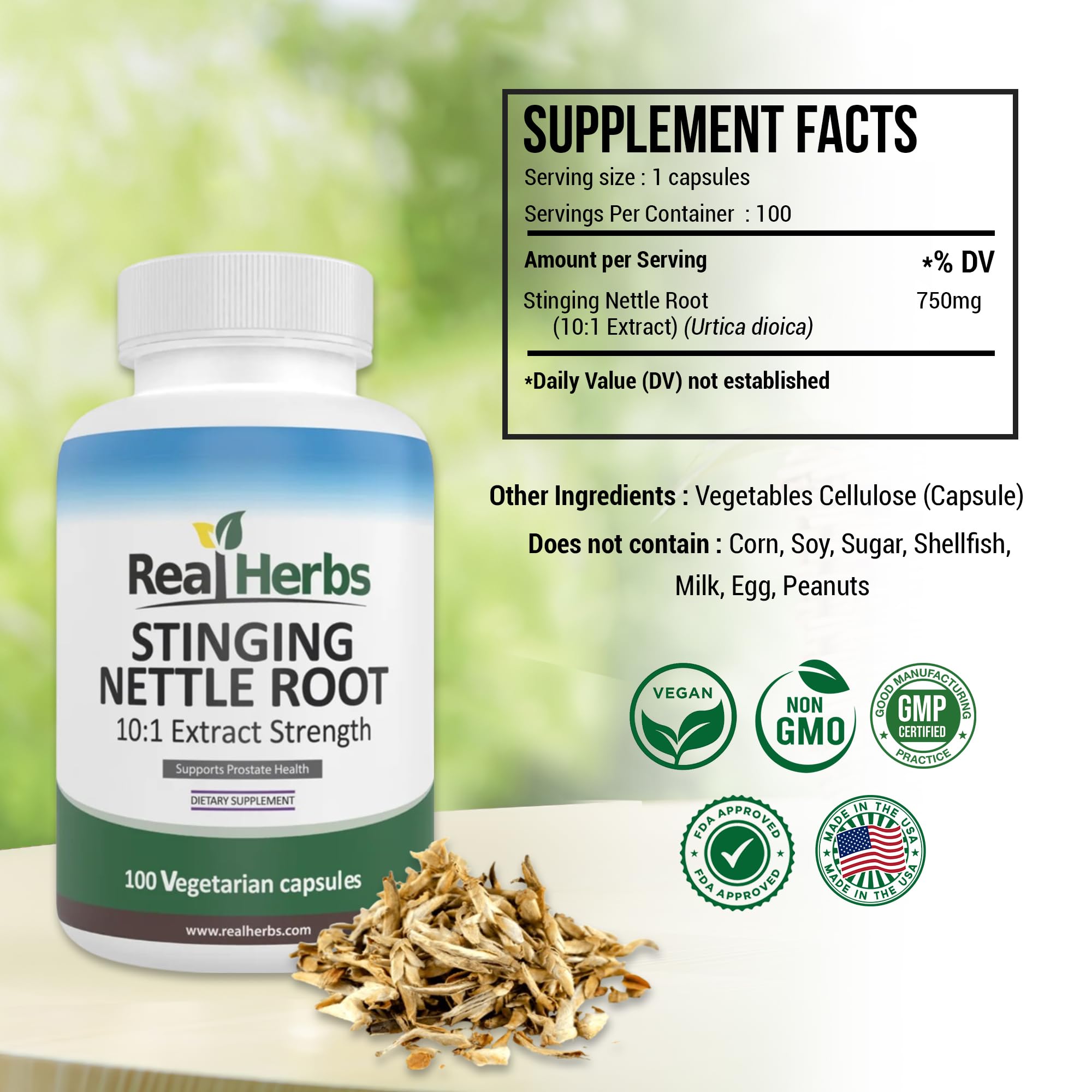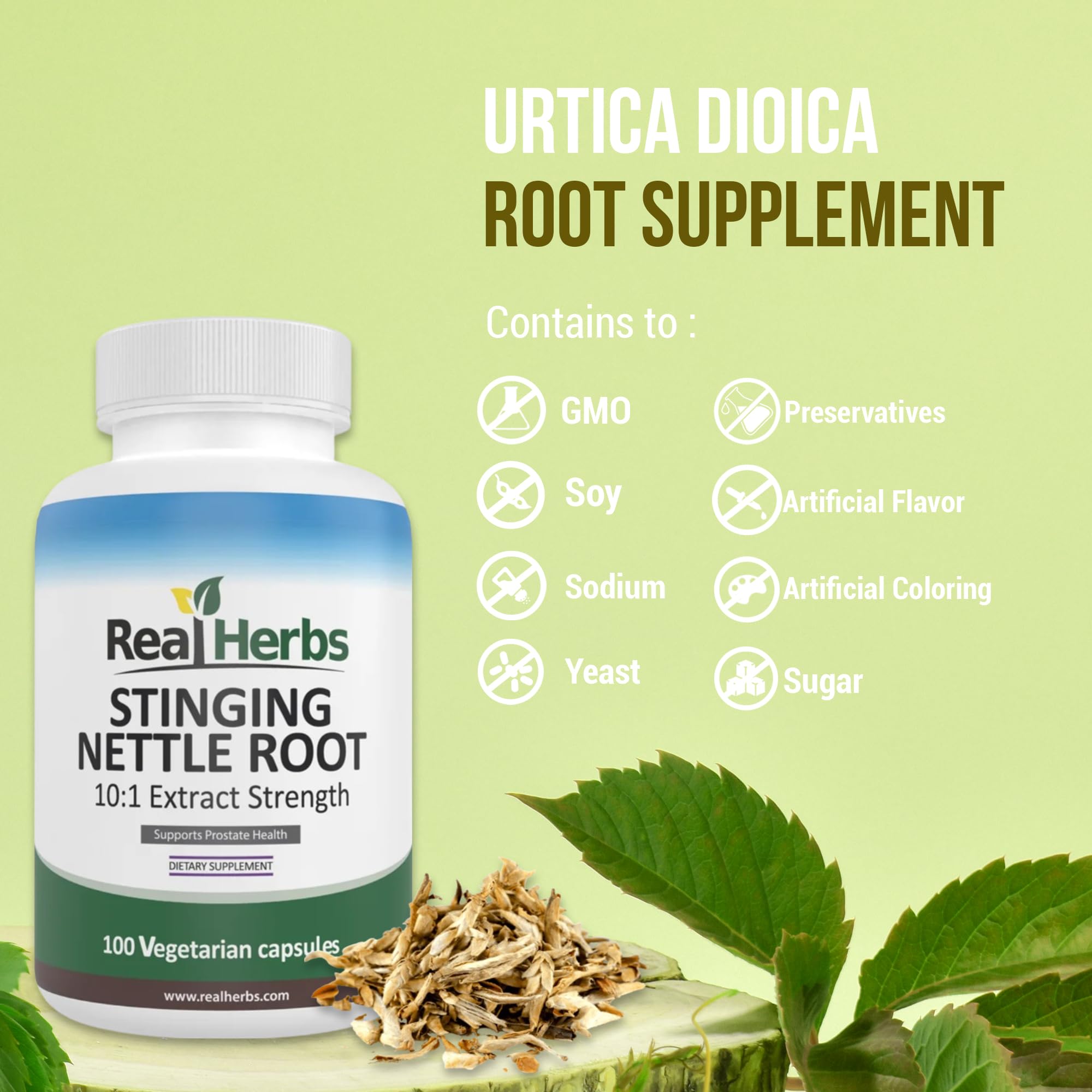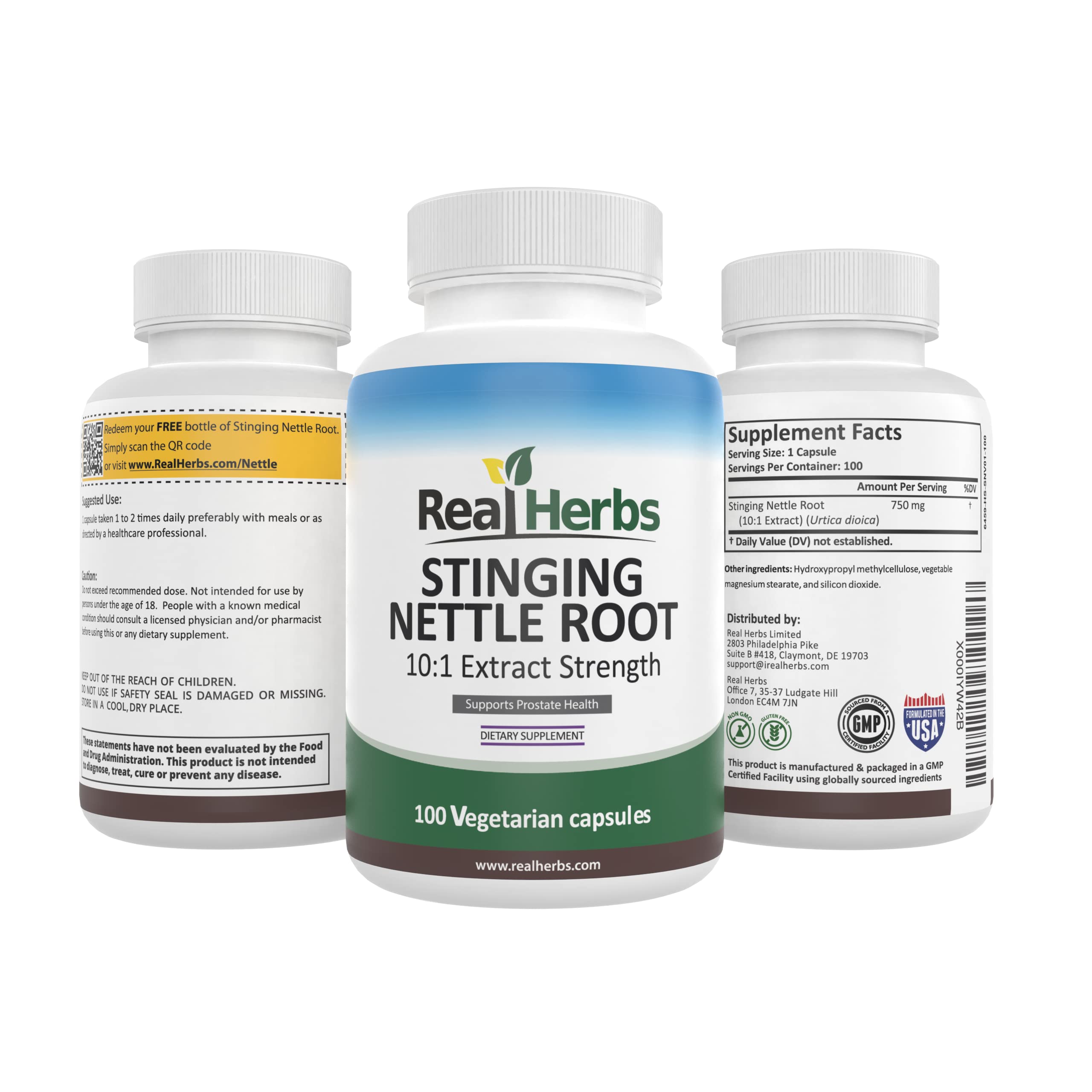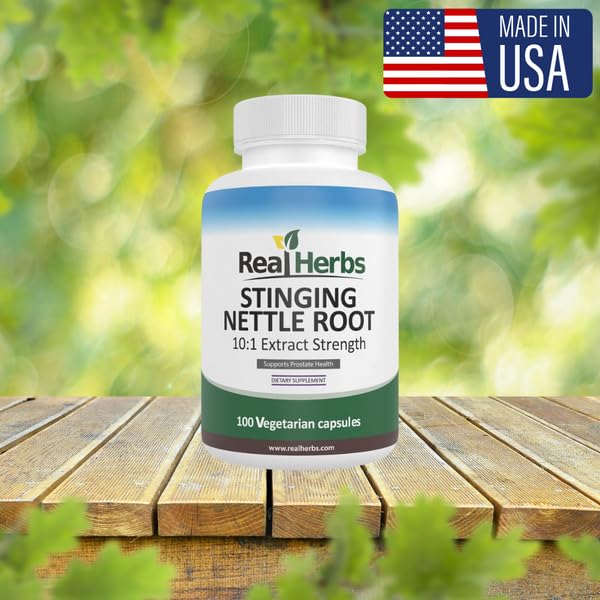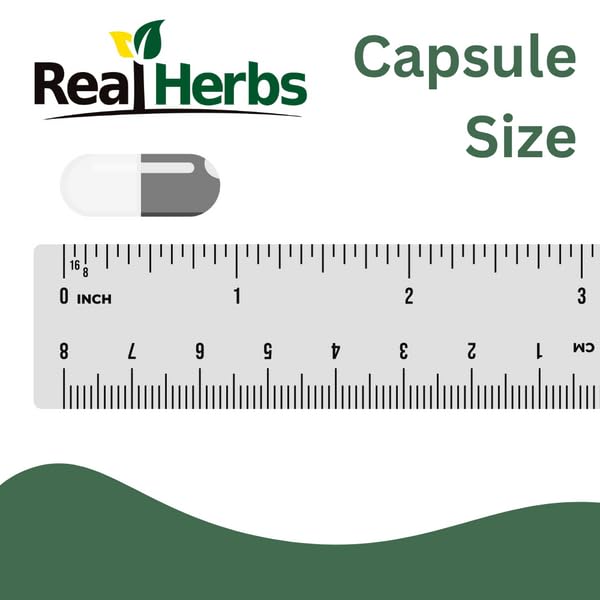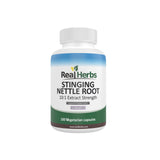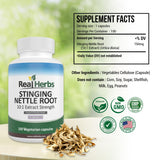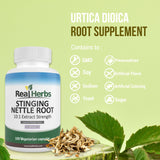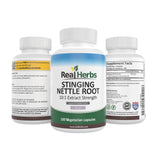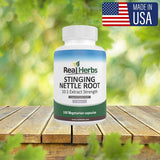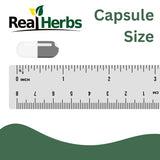Stinging Nettle Root: Nature's Secret Remedy for Allergies
Introduction
Do you find yourself in the never-ending battle against allergies? The sneezing, itchy eyes, and runny nose that often accompany allergic reactions can be more than just a seasonal nuisance; they can significantly impact your quality of life. For many allergy sufferers, the search for an effective remedy is ongoing, and it often leads to over-the-counter or prescription medications. But what if we told you that nature holds a secret weapon in the fight against allergies - the stinging nettle root? This unassuming plant, often regarded as a pesky weed, possesses remarkable therapeutic properties that have been used for centuries to combat allergic symptoms. In this article, we will explore the incredible potential of stinging nettle root as a natural remedy for allergies and delve into the science behind its efficacy.
Allergies are a common health concern affecting millions of people worldwide. They occur when the immune system overreacts to typically harmless substances, such as pollen, pet dander, or dust mites. When exposed to these allergens, the immune system releases chemicals, including histamines, triggering a cascade of symptoms. These may include sneezing, itchy or watery eyes, nasal congestion, and skin rashes, among others. Allergies can be seasonal, such as hay fever in response to pollen, or perennial, caused by year-round triggers like pet dander and dust. If left unmanaged, allergies can significantly disrupt daily life and well-being.
Amid the quest for effective allergy relief, stinging nettle root has emerged as a natural remedy with a long history of use. Stinging nettle, scientifically known as Urtica dioica, is a perennial plant native to Europe, Asia, and North America. It is recognizable by its serrated leaves and tiny, hair-like structures that can cause a stinging sensation if touched. However, these very stinging hairs hold the key to its therapeutic potential.
Stinging nettle root has been employed for centuries in traditional medicine as a remedy for various ailments, including allergies. While it may seem paradoxical that a plant known for its stinging properties can be a source of relief, the secret lies in the components found within the root of the plant. These components have been shown to possess anti-inflammatory and antihistamine properties, making stinging nettle root a promising option for allergy management.
In the following sections, we'll delve into the scientific evidence supporting the use of stinging nettle root for allergies, explore how to use it safely and effectively, and compare it to traditional allergy medications. We'll also share personal success stories and provide lifestyle tips for managing allergies more effectively. Whether you're a long-time allergy sufferer seeking a natural alternative or simply curious about the potential benefits of stinging nettle root, read on to discover nature's
The use of stinging nettle root as an allergy remedy is not mere folklore; it is supported by scientific research. Studies have investigated its efficacy and mechanisms of action. One of the primary ways stinging nettle root appears to alleviate allergy symptoms is by inhibiting the release of histamines - those troublesome chemicals responsible for itching, sneezing, and congestion. By reducing histamine release, stinging nettle root can help to mitigate these uncomfortable reactions.
A study published in the journal "Planta Medica" found that stinging nettle extracts contain compounds with anti-inflammatory and antihistamine properties. These compounds have the potential to rival traditional antihistamine medications, but without the drowsiness that often accompanies them. While more research is needed to fully understand the extent of its effectiveness, these findings suggest that stinging nettle root may offer a natural and safer alternative for allergy relief.
Lifestyle Tips for Allergy Management
While stinging nettle root shows potential as a natural remedy for allergies, combining it with lifestyle adjustments can further enhance allergy management. Consider these practical tips to reduce your exposure to allergens and minimize your symptoms:
-
Allergen Avoidance: Identify your specific allergens and take steps to minimize exposure. For pollen allergies, stay indoors on high pollen days. If you're allergic to pet dander, create pet-free zones in your home.
-
Regular Cleaning: Maintain a clean living space by regularly dusting, vacuuming, and washing bedding. This can help reduce allergens like dust mites.
-
HEPA Filters: Consider using HEPA filters in your home's ventilation system or air purifiers to capture airborne allergens.
-
Humidity Control: Maintain optimal indoor humidity levels to discourage mold growth, as mold spores can trigger allergies.
-
Healthy Diet: Consume a diet rich in fruits, vegetables, and anti-inflammatory foods, which can support your immune system and overall health.
-
Hydration: Stay well-hydrated, as this can help alleviate allergy symptoms by thinning mucus secretions.
-
Regular Exercise: Engage in regular physical activity to boost your immune system and improve your overall well-being.
-
Consult a Healthcare Professional: Always consult with a healthcare provider for personalized advice on managing your allergies and incorporating stinging nettle root or other natural remedies into your routine.
Conclusion:
Stinging nettle root, often overlooked, holds the potential to be nature's secret remedy for allergies. Scientific research and user testimonials provide strong support for its effectiveness in managing allergy symptoms, while its natural, low-risk profile makes it a compelling alternative to traditional allergy medications. However, individual responses can vary, and it's vital to consult a healthcare professional before starting any new treatment regimen.

